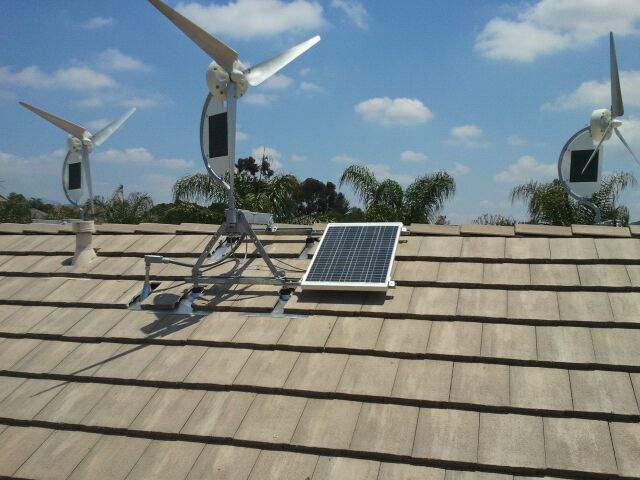
As wind moves past the blades of a wind turbine, it moves or rotates the blades. A turbine takes the kinetic energy of a moving fluid, air in this case, and converts it to a rotary motion. This creates a convection current and thermal energy is transformed into kinetic mechanical energy in the form of moving air or wind.Ī wind turbine transforms the mechanical energy of wind into electrical energy. Cooler, denser air flows toward the low pressure area at the surface to fill in the space left by the risen, heated air. This movement causes an area of low pressure at the surface, creating a vacuum that draws air in. The air above the land also gains thermal energy and expands, becoming less dense and rising.

Radiation from the sun causes land to gain thermal energy. Wind is caused by differences in pressure created by the uneven heating of Earth's surface by the sun. Therefore, the more mechanical energy you start with - the faster the blades turn - the more electrical energy will be created by the turbine. Since energy is neither created nor destroyed, the greater the energy input, the greater the energy output will be. This causes a coiled wire to rotate around a magnet and creates an electrical current which we measure with a multimeter.
Home wind electric generator generator#
Does the wind speed affect the electrical energy output?Īs the kinetic mechanical energy of the moving wind rotates the blades of the wind turbine, a generator inside the turbine is also rotated. How does the electrical output differ? Test the turbine with different wind speeds, such as low, medium and high fan settings. Turn on the hair dryer or fan again and test the turbine with each type of blade you design.Attach the blades to the dowels using tape. Consider the weight, smoothness of surface and number of blades needed. Using a variety of materials, design different blades for the wind turbine.Check the multimeter to see how much energy is generated. Place a few small, wooden dowels into the holes of the hub.Connect the wires to the multimeter using the alligator clips.Attach the plastic, round piece called the hub to the straight, metal piece on the outside of the motor.If needed, use duct tape to keep the motor in place securely. Run the wires down the tower pipe and out one of the T-joints on the base. Place the motor securely into the joint at the top of the tower.
Home wind electric generator free#
Place the final T-joint on the free end of the tower.Insert the remaining PVC pipe into the T-joint hole that is facing up, so that the pipe stands upright.Join the two pieces together by inserting the free ends of the pipes into the sides of a third T-joint, with the middle hole facing up.Repeat with another 15-cm PVC pipe and T-joint. Insert a 15-cm PVC pipe into the middle hole of a PVC T-joint.Materials for blades, such as balsa wood, aluminum foil, construction paper, popsicle sticks, etc.Three PVC pipes, one about 30 cm long and the others at least 15 cm long.Build a wind turbine to generate electricity and explore energy transformation.


 0 kommentar(er)
0 kommentar(er)
